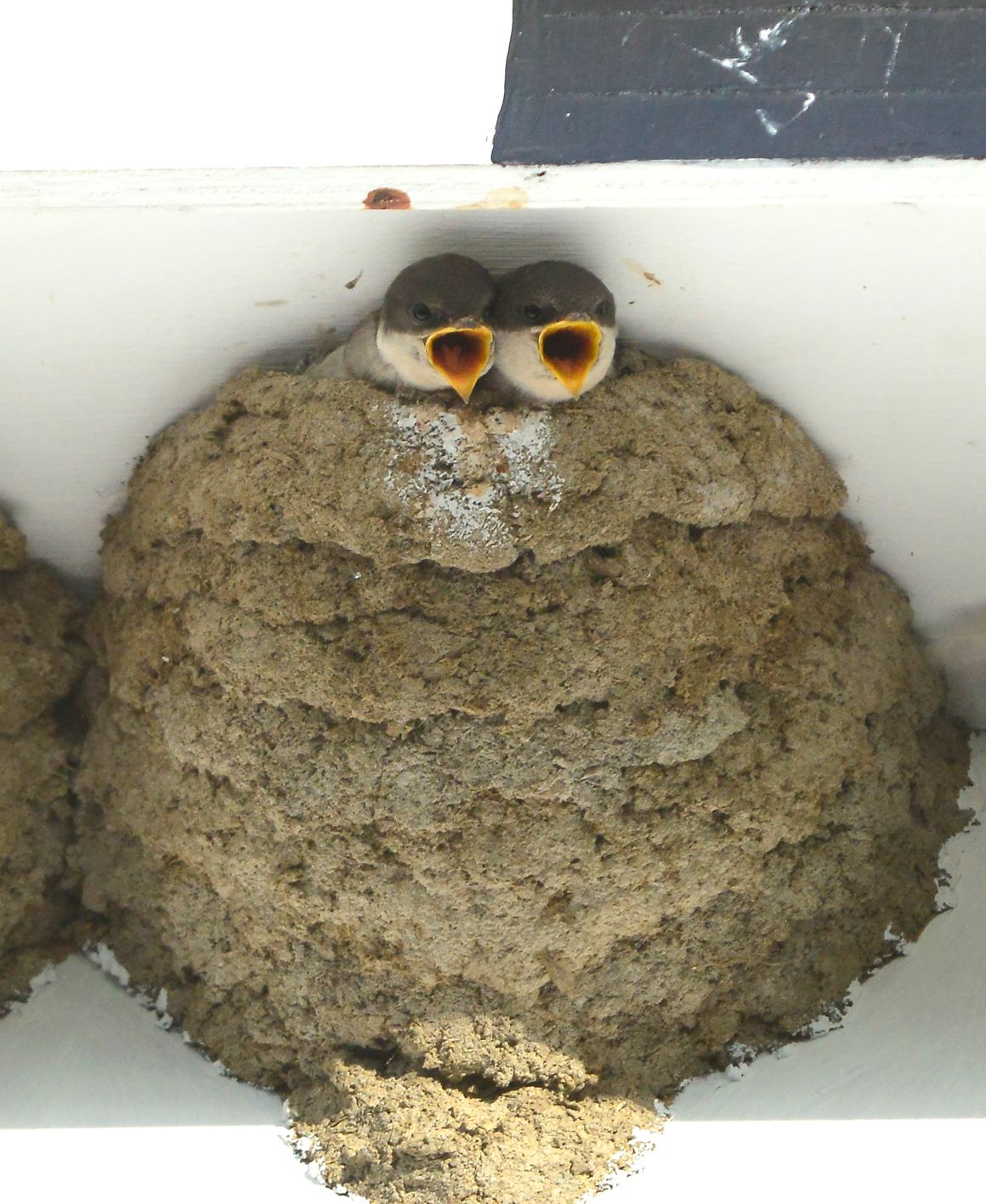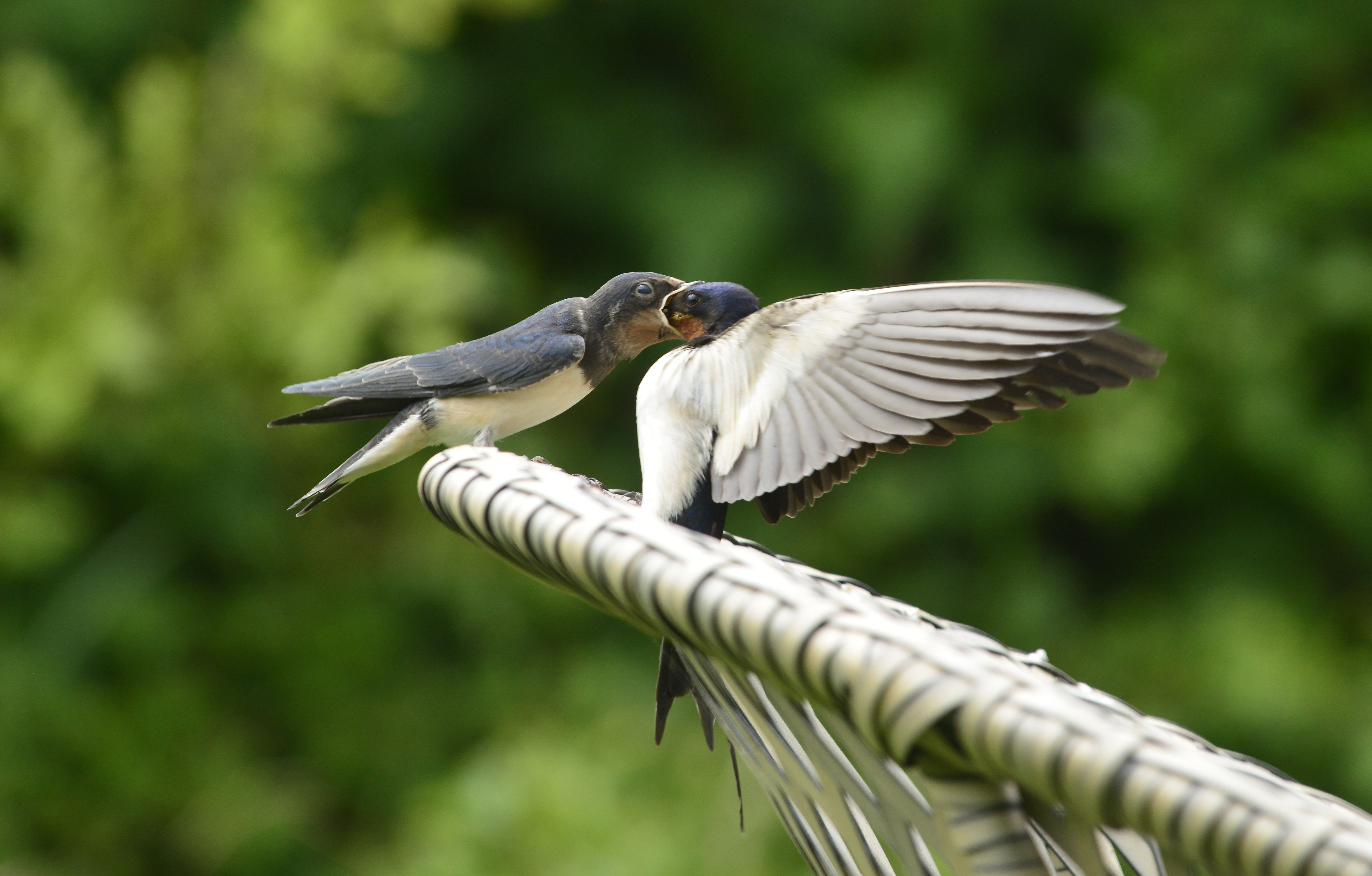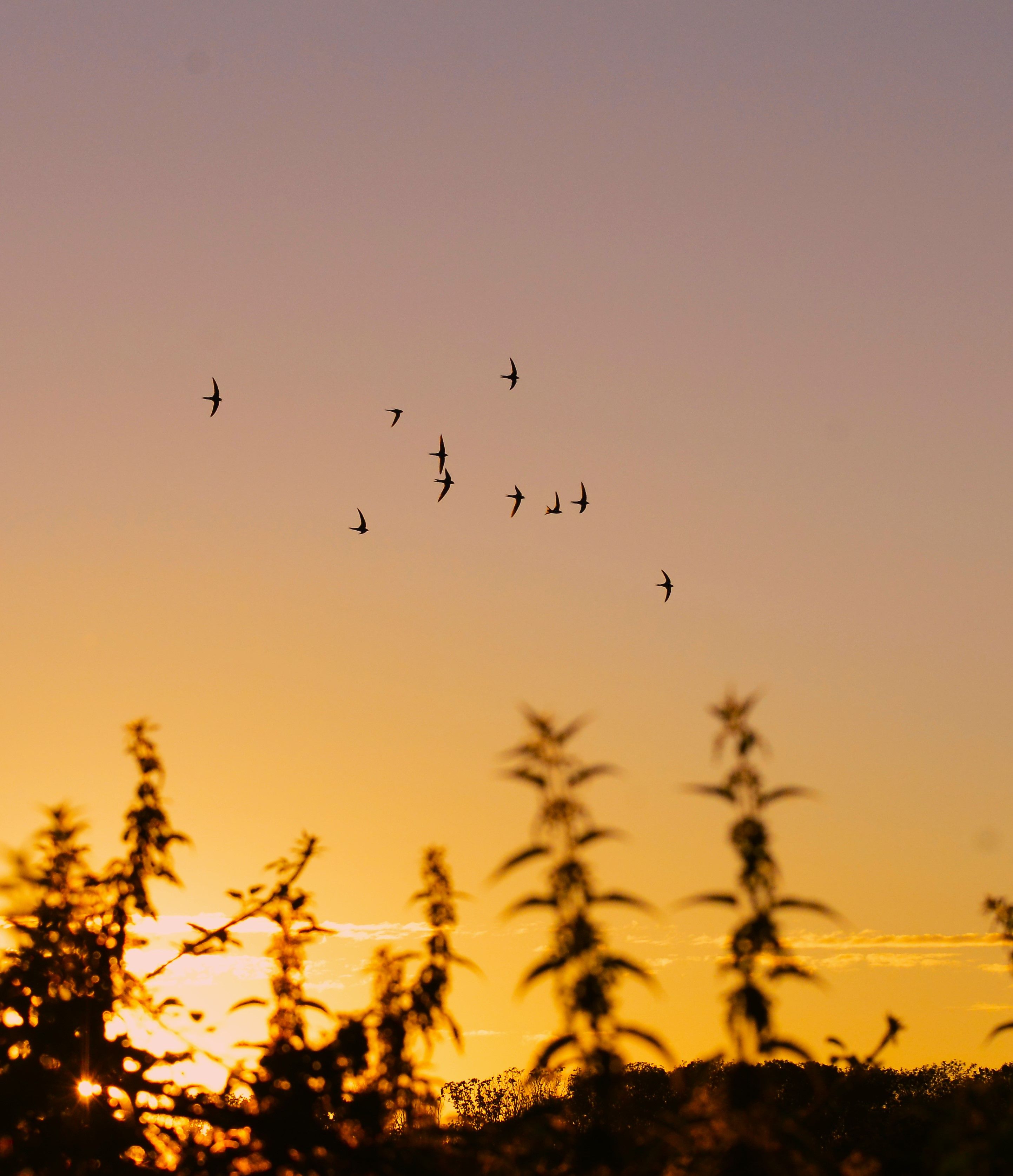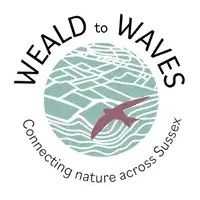Swift, Swallow, Sand and House martin conservation
By Paul Stevens - 04 August 2024
Swifts and House martins have now been red listed in the UK due to a 50% decline in their populations in the last 30 years. In the southeast of England this is likely to be as much as 70% for House martins.
Climate change is causing unusual weather patterns that effect the migration and spring and summer breeding of these birds and in turn the availability of insects here in the UK and in Africa where these species over winter.
Habitat loss causes further declines in insects and mud availability for nest building. Loss of nesting sites when older properties are renovated so blocking up traditional nest sites, barns being converted or mud nest cups removed when decorating the external walls and soffits add further problems. The combined issues have led to their declines along with many other species.

So, what can we do about this in the UK
Due to diminishing numbers of our Swifts, Swallows and House martins throughout the UK, I have been using my expertise to help with their conservation.
By identifying existing colonies and installing nest boxes and nest cups it is possible to turn around the fortunes of these summer visitors which are so ingrained in our culture and history.

Our current generation need to experience the presence of these summer visitors so that they too can conserve them in the future.
Local projects that I am involved with include the Storrington group of the Sussex Wildlife Trust, fitting swift boxes in Amberley, Storrington, Pulborough and Billingshurst.
The Arundel ‘Bring Back our Birds’ project, surveying and identifying populations of Swift, Swallow and House martins, scoping potential properties for hosting nest boxes and installing around 50 nest cups and boxes in early 2024.
New initiatives in Climping, Shipley, Fittleworth, Horsted Keynes and Easebourne are now underway with many other towns and villages across Sussex and the UK doing similar projects.
Protecting and providing secure nesting sites is just one aspect of their conservation.

Can you provide more habitat in your garden or on your land?
By encouraging our native nectar and food plants for insects you are directly helping feed our insectivorous summer visitors as well as a whole host of other wildlife. Can you provide a muddy patch for swallows and house martins (also song thrushes) to build their nests?
If you want to help our summer visiting swifts, swallows and martins please get in touch at paulnatterjack@gmail.com
Also check out these links: House Martin Conservation UK & Ireland Action for Swifts Swift Conservation
About Paul Stevens.
I am the conservation lead for House Martin Conservation UK and Ireland, Sussex Ornithological Society (SOS) Hirundine champion and running my own ecology business mostly handcrafting and supplying House martin nest cups to individuals, groups and organisations around the UK. During the last decade I have been building a colony of Swift, Swallow and House martins at my home near Arundel. After starting with a pair of swallows attracted to a nest cup in my shed in 2010 I now have 3 pairs. 30 pairs of House martin and 7 pairs of swifts now also nest on the house. Over the years I have come to understand the requirements of these species, especially providing and positioning suitable nesting boxes.
Together we can again turn our summer skies into a spectacle of these high-speed masters of the air.


